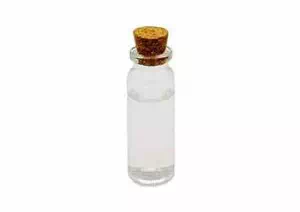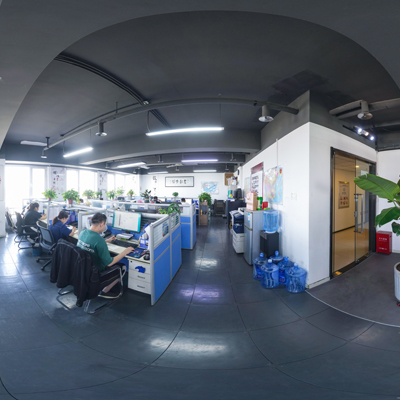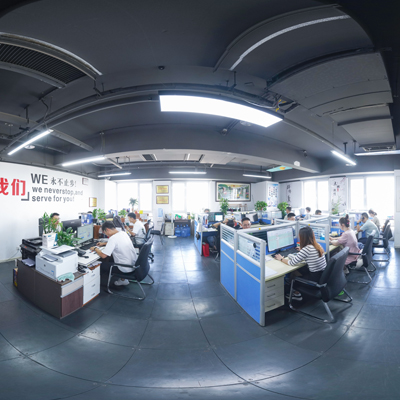2,2-Dimethoxypropane Parameter
Chemical Name: | 2,2-Dimethoxypropane |
Other Name: | Propane,2,2-dimethoxy-; Dimolybdenum trioxide; Molybdenum oxide (Mo2O3) |
CAS: | 77-76-9 |
EINECS: | 201-056-0 |
Type: | Pharmaceutical intermediates; Organic raw materials |
Molecular Formula: | C5H12O2 |
Molecular Weight: | 104.15 |
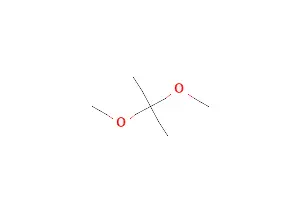
2,2-Dimethoxypropane Information
2, 2-dimethoxypropane (DMP) appears as a colorless and transparent liquid in appearance. In terms of its purity, it has achieved a remarkable blue 99% (determined by gas chromatography, namely GC). Its moisture content is strictly controlled at a level below 0.5%, which reflects its strictness in controlling impurities during the production process. The relative density is within the relatively precise range of 0.8490-0.8520, and the refractive index is between 1.3760-1.3790. These physical property data provide an important basis for its identification and differentiation in various application scenarios. It shows certain characteristics in terms of solubility. It is slightly soluble in water but can dissolve well in most organic solvents. It should be particularly noted that this product is highly flammable and irritating. According to relevant regulations, it falls within the category of hazardous chemicals. During both use and storage, strict compliance with the corresponding safety norms and operational procedures is essential.
2, 2-dimethoxypropane (DMP) plays a crucial role in the newly developed semi-synthesis process of antibiotics and is a key hydroxyl protectant, dehydrating agent, coagulant and cyclizing agent, etc. Compared with traditional common protective agents such as thionyl chloride and methoxybenzaldehyde, DMP demonstrates more outstanding protective performance. As a high-quality protective agent, DMP can successfully replace imported similar products and provide reliable protection for newly produced antibiotics. This product has many significant advantages. It is of superior quality and can play a stable and efficient role in related applications. It has a remarkable medicinal effect and can effectively achieve the expected results. The side effects are relatively small and will not cause excessive adverse effects on the user. It has a fast absorption rate and can quickly take effect within the corresponding system. The cost is relatively low and it is also highly competitive in terms of economy. For this reason, it is widely used in the synthesis work of fields such as medicine, pesticides and fragrances, providing strong support and guarantee for the development of these fields.
2, 2-dimethoxypropane has a very wide range of applications. It can not only be used to prepare acetals, acetone and isopropyl derivatives, but also plays an indispensable role in the preparation process of amino acid methyl esters and enol ethers. In addition, it can also be used in the preparation of phosphate esters and dimethylborate esters. It holds an important position and value in different chemical reactions and synthetic pathways, providing a foundation and guarantee for the production of numerous chemical products.
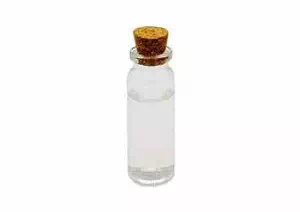
2,2-Dimethoxypropane Uses
In the field of modern chemical synthesis, there is a substance that has multiple important uses. It can be excellently used as a hydroxyl protection and dehydrating agent, a condensing agent, and a cyclizing agent, etc. Among numerous complex and delicate chemical reactions, it plays an indispensable role, and its application scope is extremely wide, covering many important fields such as medicine, pesticides, and fragrances.
2, 2-dimethoxypropane (DMP), as a key reagent in the newly developed semi-synthesis process of antibiotics, has demonstrated outstanding performance. It can not only act as a crucial hydroxyl protectant, providing reliable protection for specific hydroxyl groups in antibiotic molecules and preventing them from being unnecessarily affected during complex reaction processes; It can also serve as an efficient dehydrating agent, facilitating the smooth removal of water in the reaction system and promoting the reaction to proceed in the expected direction. At the same time, it also has functions such as a coagulant and cyclizer, which can precisely regulate the formation and transformation of chemical bonds at the molecular level, helping to construct compounds with specific structures and properties. Compared with traditional common protective agents such as thionyl chloride and methoxybenzaldehyde, the protective performance of DMP is more excellent. It can protect the target molecules more stably and efficiently in practical applications, reduce the occurrence of side reactions, and improve the selectivity and yield of the reaction.
DMP, as an excellent protective agent, has outstanding performance in the field of medicine. It can effectively replace imported similar products and be used to protect newly produced antibiotics. This protective effect has a crucial influence on the quality and efficacy of antibiotics. Due to its excellent protective performance, it can ensure that antibiotics maintain a high degree of stability during synthesis and storage, thereby guaranteeing the reliable quality of the drugs. Moreover, antibiotics protected by DMP can be rapidly absorbed after entering the human body, quickly exert their medicinal effects, and effectively inhibit or kill pathogens. Meanwhile, it has relatively few side effects and will not cause excessive adverse effects on the human body, which makes antibiotics based on DMP protection safer and more reliable in clinical applications. In addition, the application of DMP also has a cost advantage, which can reduce the production cost of drugs to a certain extent, enhance the market competitiveness of drugs, and provide strong support for the development of the pharmaceutical industry.
2, 2-dimethoxypropane is an organic compound with a unique chemical structure. In the complex and delicate chemical reaction process of synthesizing structure-related alkaloids such as narcissul and lycorine from bromobenzene, it plays an indispensable role as a protective agent. By interacting with other substances in the reaction system, it can ingeniously protect the key reaction sites, preventing them from being damaged or disturbed during the reaction process, thereby ensuring the smooth progress of the entire synthesis process and ultimately obtaining the high-purity target alkaloid product.
When 2, 2-dimethoxypropane is used as a dehydrating agent, it shows unique advantages in many chemical reactions. For instance, in some reactions involving alcohol compounds, it can efficiently remove the hydroxyl groups from alcohol molecules, promoting the progress of the reaction. Meanwhile, it is also an intermediate for the synthesis of various carotenoids, such as vitamin E, vitamin A and astaxanthin, etc. These carotenoids have important physiological functions in living organisms and play a key role in maintaining normal vision and antioxidant defense in the human body. DMP participates in their synthesis process as an intermediate, providing a reliable guarantee for the production of high-quality carotenoid products.
In addition,2, 2-dimethoxypropane can also be used as a reagent for preparing a variety of important compounds such as 1, 2-diols, acetone, isopropyl sugar derivatives, nucleosides, amino acid methyl esters and enol ethers. In these preparation reactions, it can, by its own chemical properties, undergo specific chemical reactions with other reactants, precisely constructing the molecular framework and functional group structure of the target compound. For example, when preparing 1, 2-diols, it can introduce hydroxyl groups through a specific reaction mechanism to form the desired diol structure; During the process of synthesizing nucleosides, it can participate in the key bonding steps to ensure the correct assembly of nucleoside molecules. In conclusion,2, 2-dimethoxypropane has broad application prospects and significant value in organic synthesis chemistry.
Melting point | -47 °C |
Boiling point | 83 °C (lit.) |
density | 0.847 g/mL at 25 °C (lit.) |
vapor density | 3.59 (vs air) |
vapor pressure | 60 mm Hg ( 15.8 °C) |
refractive index | n20/D 1.378(lit.) |
Fp | 12 °F |
storage temp. | Store below +30°C. |
solubility | 180g/l |
form | Liquid |
Specific Gravity | 0.852 (20/4℃) |
color | Clear colorless |
explosive limit | 31%, 58°F |
Water Solubility | 18 g/100 mL (25 ºC) |
BRN | 635678 |
Stability: | Stable. Highly flammable – note low flash point. Vapour may form an explosive mixture with air. May form explosive peroxides when exposed to air. Incompatible with strong oxidizing agents. |
Service
* Prompt reply and 24 hours online, professional team to provide best price and high quality product.
* Sample testing support.
* Every batch of products will be tested to ensureits quality.
*The packing also can be according the customers` requirment.
*Any inquiries will be replied within 24 hours.
*we provide Commerical Invoice, Packing List, Bill of loading, COA , Health certificate and Origin certificate. If your markets have any special requirements, let us know.

